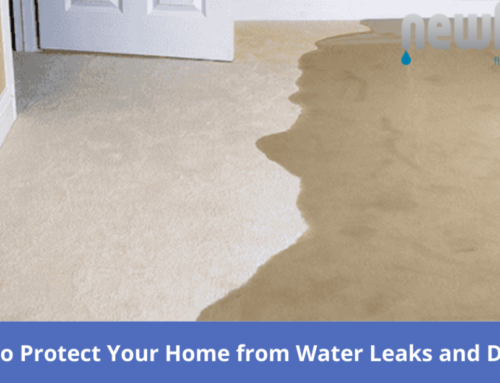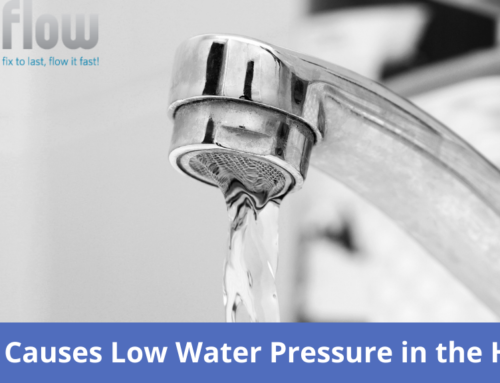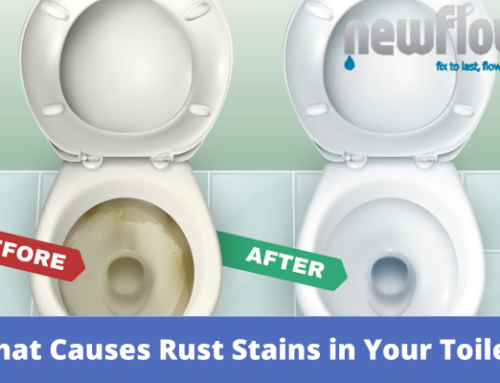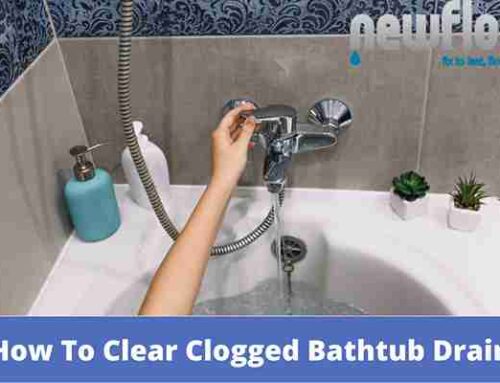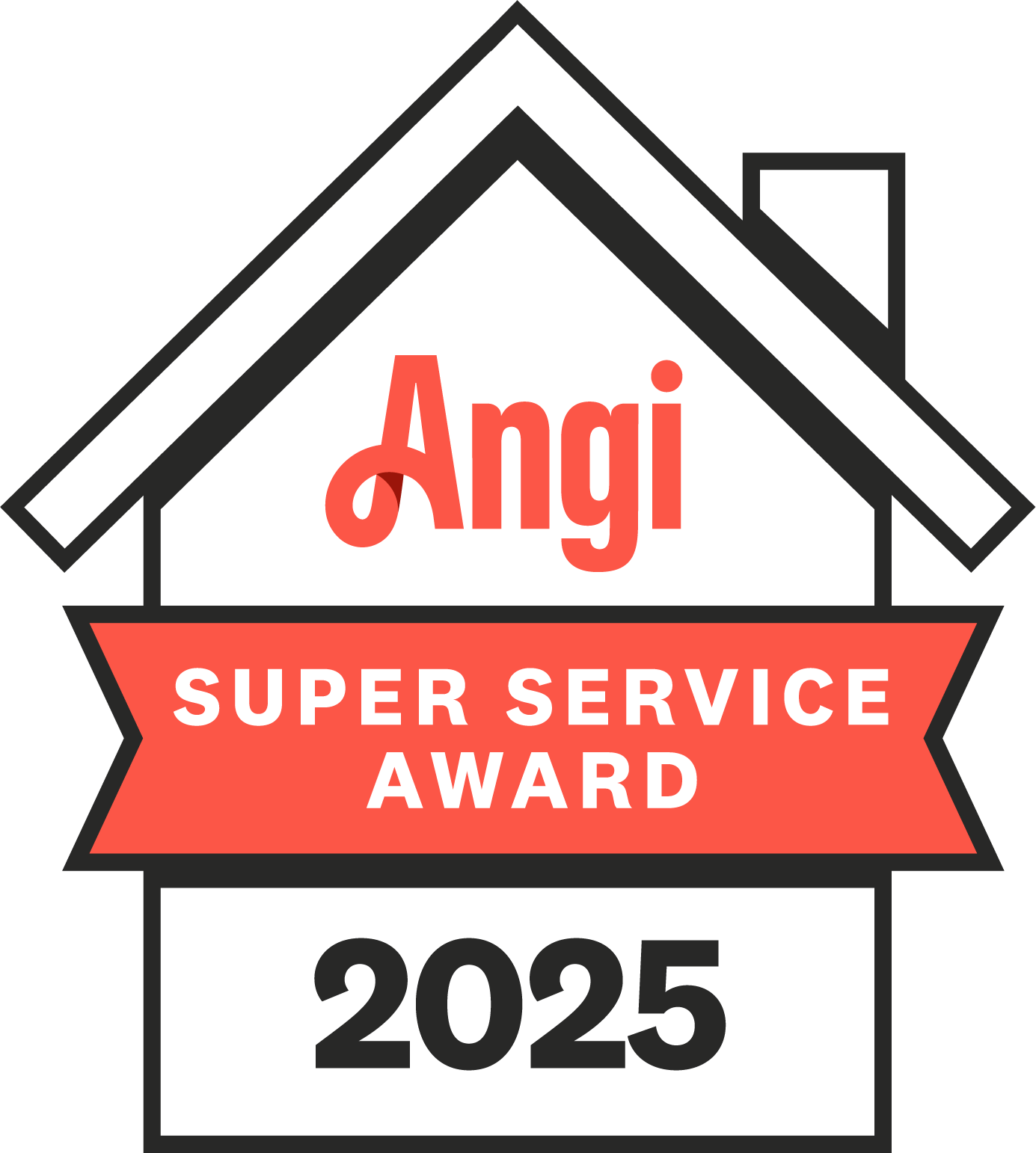Yes, heavy rain can affect your plumbing. When the ground becomes oversaturated, it puts pressure on buried pipes, overwhelms drains, and can even cause sewer backups inside your home. Too much rain can lead to broken pipes, flooded basements, and costly water damage if your drainage system isn’t prepared.
Rain may seem harmless, but your plumbing feels every drop. This guide explains how heavy rain impacts your home’s pipes and drains, what warning signs to watch for, and how to prevent damage before the next big storm.
How Rain Impacts Your Plumbing System
When rain pours down for hours or days, the soil around your home becomes saturated. That water fills the empty spaces in the ground and increases pressure on anything buried underneath, including your plumbing lines.
Older or weakened pipes can shift, crack, or collapse under this weight. At the same time, your home’s drains and gutters must move large amounts of water away quickly. If they’re clogged or undersized, you’ll see slow drains, pooling water, or flooding around your property.
Common Signs of Plumbing Problems After Heavy Rain
After a storm, your plumbing might not act the same. Pay attention to these warning signs that rainwater may have caused damage:
-
Gurgling sounds from sinks or toilets
-
Slow-draining tubs or showers
-
Bad odors from floor drains or pipes
-
Standing water near your foundation
-
Wet spots or stains on ceilings and walls
-
Sudden drops in water pressure
Even small changes like these could point to bigger issues below ground such as cracked pipes or blocked sewer lines caused by shifting soil.
Why Pipes Collapse When It Rains Too Much
Your pipes rely on stable soil to stay in place. When rain saturates the ground, the soil becomes heavy and unstable. This shifting pressure can cause pipes to sag or break, especially in older systems.
A collapsed pipe doesn’t always cause an immediate flood, but it often leads to slow drains, recurring clogs, or unusual smells from your plumbing. If the problem continues, the broken section can allow dirt and debris to enter your system, creating even worse blockages.
How Sewer Systems Become Overloaded
City sewer systems are built to handle both wastewater and rainwater, but they have limits. During major storms, the system can fill to capacity. When that happens, water and waste can flow back into your home through toilets, tubs, or floor drains.
This type of sewer backup is a serious hazard. It can damage your flooring and furniture and expose your family to bacteria. Homes located in low areas or near flood zones face higher risks. A simple backflow prevention valve can stop contaminated water from entering your home during these events.
Outdoor Drainage: Your First Line of Defense
Outdoor drainage systems like gutters, downspouts, and yard drains help keep rainwater moving away from your home. But when these systems get clogged with leaves or debris, water has nowhere to go.
Blocked drains can flood patios, driveways, and basements within minutes of a storm. Make it a habit to clear your gutters and area drains before rainy seasons begin. A few minutes of cleaning can save you from major water damage later.
When Yard Flooding Turns Into Foundation Damage
Puddles in your yard might not seem like a big deal until they start forming near your home’s foundation. Standing water can seep through cracks, weakening concrete, causing mold, and damaging wood framing.
If you notice water collecting in the same areas after every rain, your yard likely needs better drainage or regrading. Installing French drains or dry wells can redirect rainwater and protect your foundation from erosion and long-term damage.
The Role of Area Drains and Sump Pumps
Two key tools protect your home from flooding during heavy rain: area drains and sump pumps.
-
Area drains are installed in low spots like patios or lawns to collect rainwater and channel it away from your property.
-
Sump pumps remove water that enters basements or crawlspaces, automatically pumping it out before flooding can occur.
When used together, these systems help relieve pressure on your plumbing and keep your home dry even during severe storms.
How to Spot Hidden Leaks After a Storm
Not all rain-related plumbing damage is visible. Sometimes, leaks develop under the floor or behind walls where you can’t see them.
Look for these subtle signs of hidden leaks:
-
Musty or damp smells inside your home
-
Higher water bills without increased use
-
Mold or discoloration along baseboards or drywall
-
A spinning water meter when no fixtures are running
If you notice any of these, it’s smart to schedule a plumbing inspection. Professionals use leak detection tools to find hidden water damage before it worsens.
How to Prepare Your Plumbing for Rainy Weather
You can’t stop the rain, but you can prepare for it. Here are a few easy ways to prevent rain-related plumbing problems:
-
Clean gutters and downspouts to keep rainwater flowing away from your home.
-
Check outdoor drains for buildup of leaves or mud.
-
Test your sump pump to make sure it turns on automatically.
-
Seal cracks in basement walls or around windows.
-
Install or upgrade area drains in low-lying parts of your yard.
-
Add splash blocks or drain extensions to guide runoff safely away.
These steps reduce water pressure around your foundation and prevent costly plumbing failures.
When to Call a Plumber After Heavy Rain
If you notice slow drains, sewer smells, or puddles around your home after a storm, don’t ignore them. Storm-related plumbing issues can quickly escalate from small nuisances to major repairs.
A professional plumber can perform a camera inspection to check for collapsed pipes, debris buildup, or root intrusion. Even if you don’t see visible water damage, an inspection after a major storm provides peace of mind and prevents hidden problems from getting worse.
Final Thoughts
Heavy rain can definitely affect your plumbing, from the soil that supports your pipes to the drains that carry water away. But most of these issues are preventable.
By keeping your drainage systems clear, installing backflow and sump pump protection, and scheduling regular plumbing inspections, you can keep your home dry and safe no matter how hard it rains. A little preparation now means fewer headaches and lower costs when the next storm arrives.




